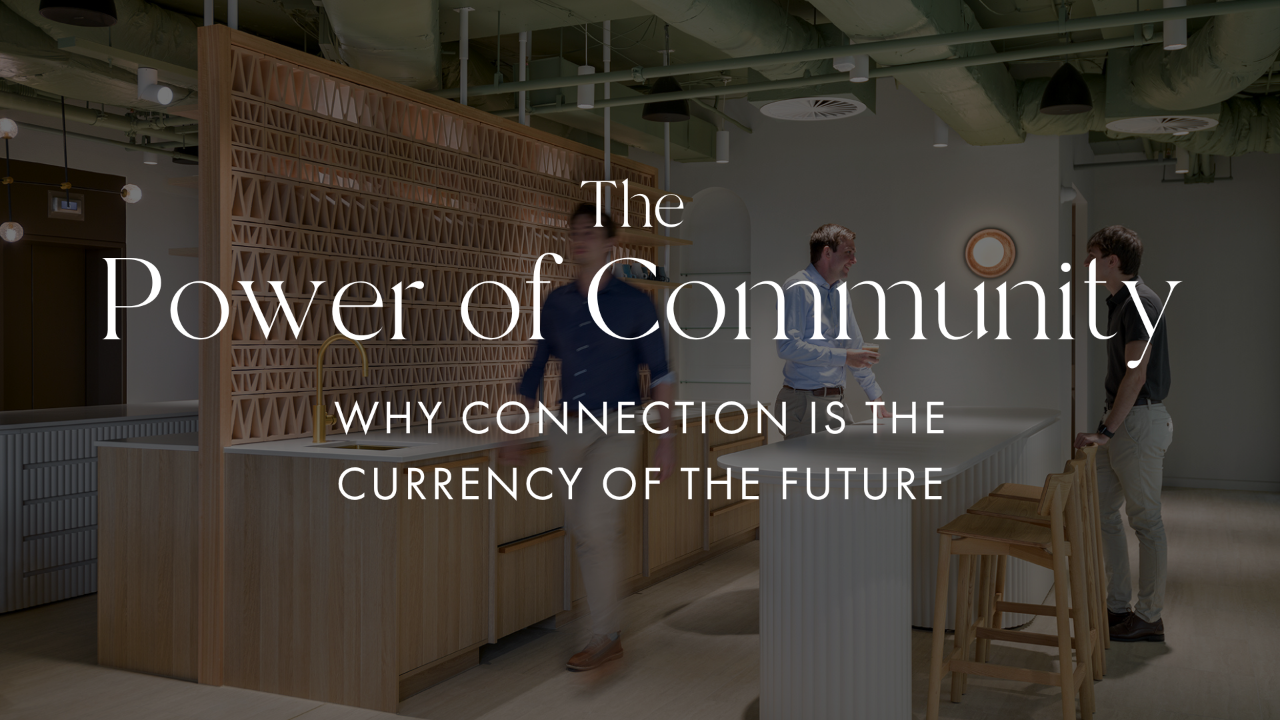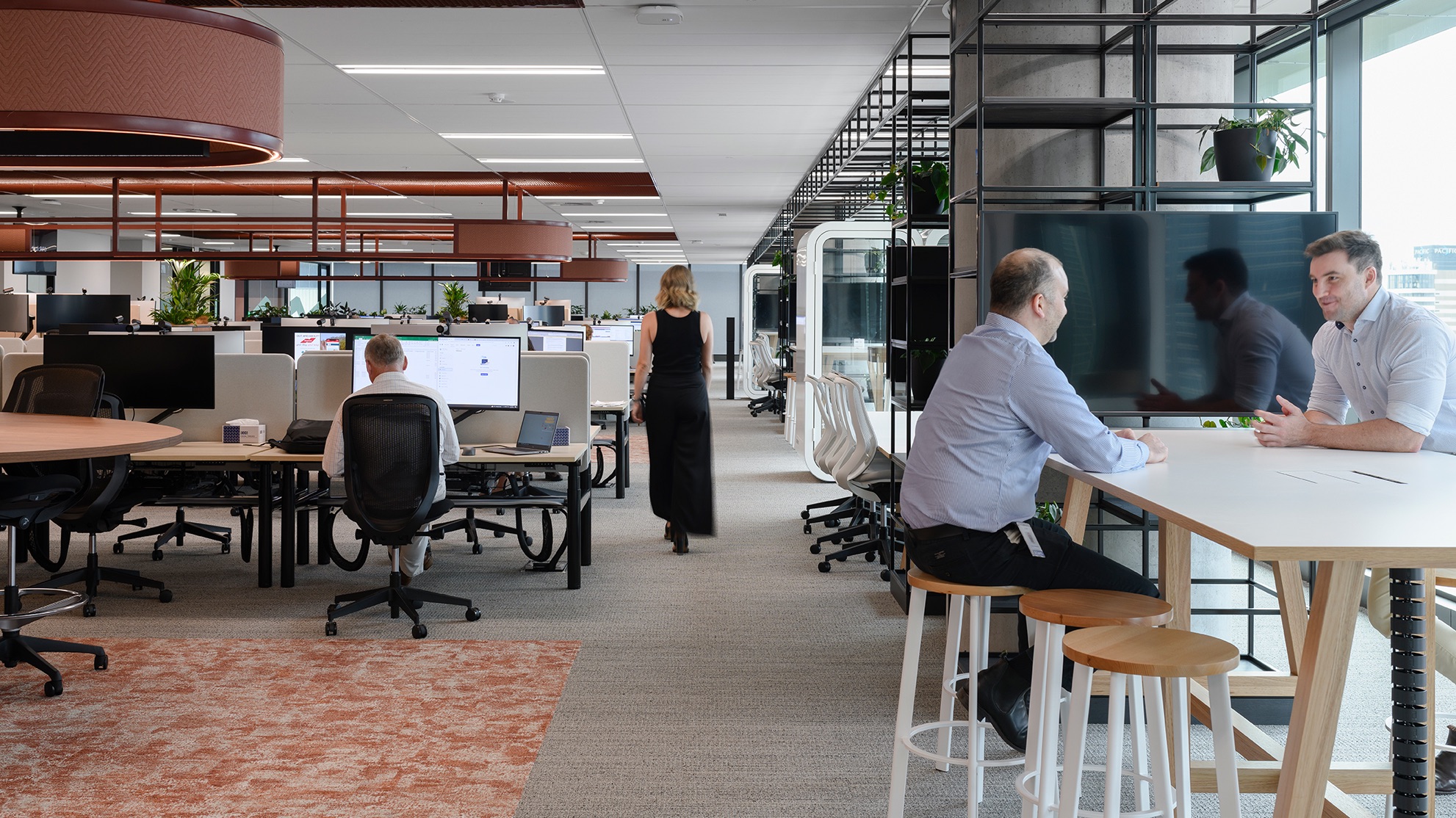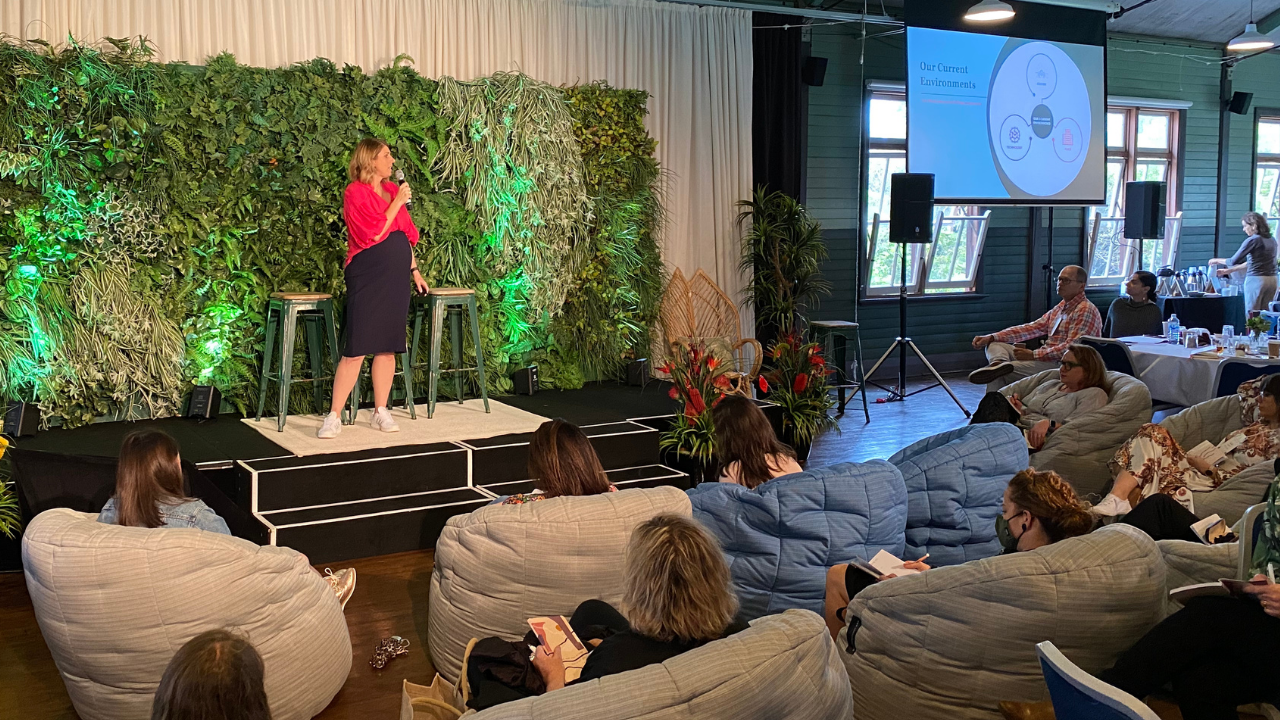The Power of Community: Why Connection is the Currency of the Future

I’ve been intrigued with the power of community since I was a child, on reflection. Having grown up in a small country town, I think I have always been acutely aware of the feeling that you have when you know your neighbours and the people you greet as you walk down the street. It’s a feeling that I have continued to seek out in my adult life, a desire for my own village.
This interest was sparked again in 2017 when I travelled to Malawi with The Hunger Project. After immersing ourselves in the work they were doing to empower villages out of poverty, it was evident that despite how little many of these communities had, there was an undeniably strong sense of community that existed. A joy, a sense of oneness.
Inspired by this sense of community, I returned home, adopting this premise in my own business, rebranding to COMUNiTI and establishing our foundational purpose of “fostering the creation of communities where people feel connected”.
7 years on and my sense of what it truly ...
Trend Spotting: Psychosocial risks and workplace dynamics in the post-pandemic world

Down the East Coast of Australia and in the West, I’ve had some really interesting conversations with business leaders lately, as we navigate the workplace dynamics that are emerging in our post-pandemic world.
Here are two trends that I’m observing, and they are consuming many workplace strategy conversations right now, particularly as organisations are acutely focused on managing psychosocial risks.
Workplace Dynamic #1: Digital collaboration continues, but IRL
What’s happening?
Meetings are continuing to happen on Teams or Zoom, despite the fact that all the people who need to be at the meeting are in the same office. That’s right! People are logging onto digital platforms with their noise-canceling headphones to collaborate when they might be sitting just a couple of seats or rows away from each other.
Why it’s happening
When I dig into this dynamic, teams tell me that it’s driven by two key things:
-
Firstly, office noise. Their pre-COVID open-plan office isn’t desig...
Navigating Change: How to Craft Your Own Experience

If there’s one thing that we have learned in the past few years, it’s that change is inevitable.
As our workplaces evolve and adapt to respond to the new environment that we are operating in, the rate of change can be overwhelming. With many businesses testing hybrid work arrangements, new work rituals and technology rollouts, change is being imposed on us at a rate we have never experienced before. Both at work and at home.
That is why we were thrilled to have Dr Meg Hooper join us in the Work Life Lounge, taking us through how we can take control to navigate change, especially in the work environment. As a registered psychologist with a PhD in Organisational Psychology, Dr Meg highlights the extensive change that is happening to us and what we can do to manage our own emotions and experience of change. Let’s get started.
How do you want to experience work?
The first question Dr Meg posed is how and what do we want work to look and feel like? There is no right or wrong...
Creating Thriving Workplaces in 2022!

WOW! I can’t tell you how wonderful it is to be back in a room filled with such passionate, kind and enlightened people working to do good in their organisations.
I’ve been in Sydney this past week at the annual Thriving Workplace event hosted by Sophie & Claire from The Serenity Collective.
This is NOT your typical “conference”. This is a community of people having deep, meaningful and life changing conversations on the future of work and our responsibilities as leaders to create the change from the inside out.
In true heartfelt connection to the people in the room and the ground that we stood upon, we were warmly welcomed with a beautiful traditional ochre ceremony, by Susan Moylan-Coombs. This ceremony invited us to;
- consciously reflect on our connection to one another;
- to be open to the ways and beliefs of others;
- to listen with the intention of hearing;
- and to speak words of kindness and wisdom.
A powerful way to open what was a deep 2 days of sharing ide...
What Your Workplace Design Says About Your Culture & Values

Design creates culture. Culture shapes values. Values determine the future. – Robert L Peters
Purpose-driven organisations are understanding the power their workplace has in communicating their intentions and impact, creating thriving workplaces. The ability to communicate this purpose lies within the organisation’s existing business intelligence; its values and strategy. This intelligence, forms the foundations for the functional planning and aesthetics of the workplace, influencing the behaviours that instill this greater purpose.
Organisational values can be much more than the words that get stuck up on the wall. Typically, these values are informed by the brand story of the business and show up through the behaviours of its people. A brand story is not just the logo and the suite of colours, it’s the narrative that illustrates the history of the business, where they came from, who they are, what they do and what they stand for.

The communication of this brand sto...

